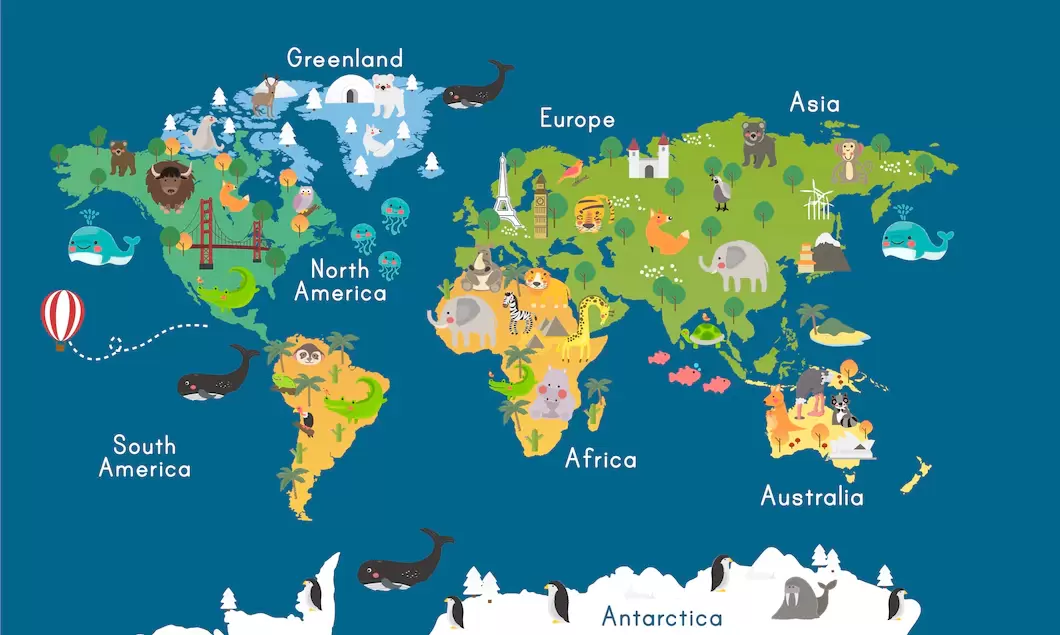|
EYFS
Year 2
|
Image by upklyak on Freepik
|
Year 4
- recognise that living things can be grouped in a variety of ways
- explore and use classification keys to help group, identify and name a variety of living things in their local and wider environment
- recognise that environments can change and that this can sometimes pose dangers to living things
- describe the differences in the life cycles of a mammal, an amphibian, an insect and a bird
- describe the life process of reproduction in some plants and animals
- describe how living things are classified into broad groups according to common observable characteristics and based on similarities and differences, including micro-organisms, plants and animals
- give reasons for classifying plants and animals based on specific characteristics
Image by rawpixel.com on Freepik
|
Key Vocabulary
|
Useful Links
|



